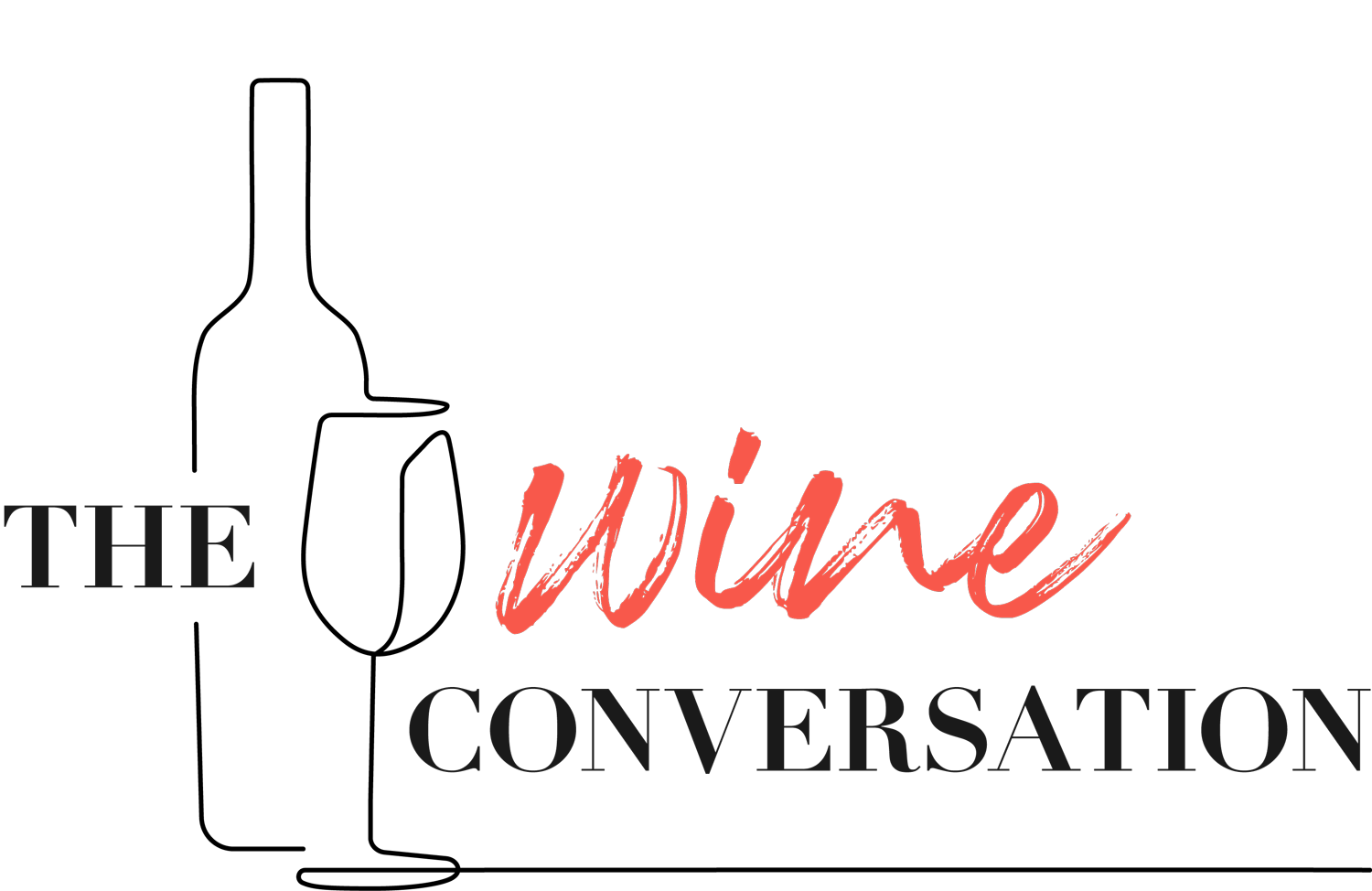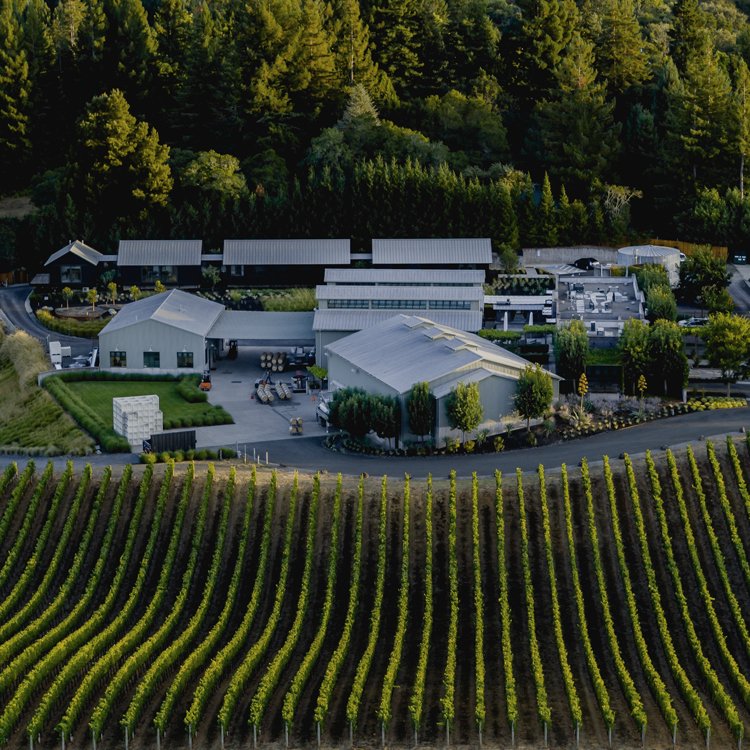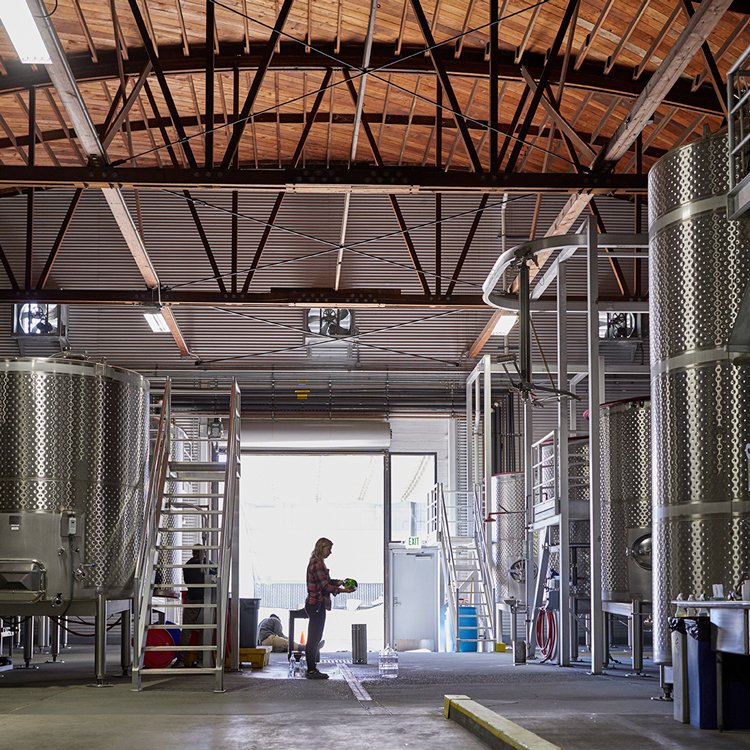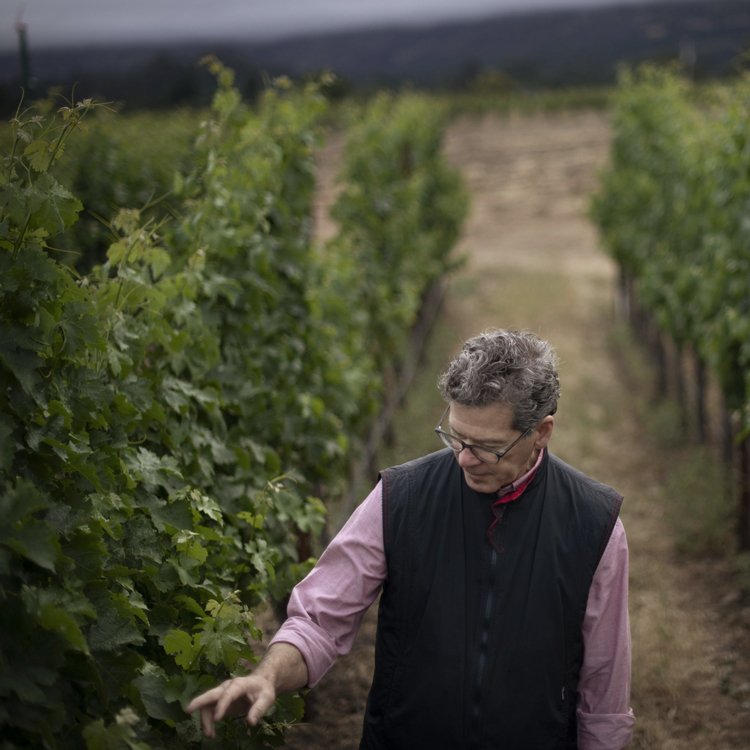▻ Paul Hobbs
Elin McCoy in conversation with Paul Hobbs
Episode Summary:-
Elin McCoy talks to Paul Hobbs, the world-renowned winemaker, who has a reputation for being a wine visionary with a deep belief in innovation. Besides his own wineries, he has also consulted across the world, giving him a global perspective on wine.
He talks to Elin about how he grew up in upstate New York, one of eleven children. His father was a fruit grower who had a deep understanding of the land and befriended many of the pioneers of the wine industry in the Finger Lakes District. He tells Elin how his mother disapproved of alcohol and wouldn’t allow it at the family table, but his father one day bought a bottle of 1962 Château d’Yquem and poured it without his wife knowing. She declared it was the best fruit juice she ever tasted, and when she discovered it contained alcohol, threw both Paul and his father out of the house. It was the start of his fascination with wine.
He originally wanted to be a surgeon, like his great-grandfather, but his father persuaded him to go to UC Davis for one year. Paul tells how Brother McGrath, who had worked under Brother Timothy of Christian Brothers in the Napa Valley, persuaded him to join his wine appreciation course, once his father had given him approval. He then left UC Davis and joined Robert Mondavi Winery: “I thought I was messing up my life initially. I joined the Robert Mondavi organisation, I enjoyed that, but I still thought medicine was a higher calling.”
In 1979, Robert Mondavi came to Paul and told him of his conversation with Baron Philippe de Rothschild of Château Mouton Rothschild about starting a joint venture, which was to become Opus One. “He asked me if I’d like to be part of the inaugural team.” As a young assistant winemaker, the opportunity was irresistible, and working with the French team, who had a different approach to wine, transformed his views. “Opus One was the defining moment,” he says. He had fallen in love with the history of wine at UC Davis and the chance to work with such a historic estate was thrilling. Another aspect Paul thoroughly enjoyed was the opportunity to experiment, which was encouraged by Robert Mondavi. A group of them would continue working late after everyone had gone home. “I became addicted to experimenting. We tested everything, we questioned every experiment.” Paul recalls how generous Robert Mondavi was allowing them to experiment, and also holding regular tastings of wines from all over the world so they could benchmark their wines.
After seven years Paul recounts how he felt he had hit the glass ceiling at the Robert Mondavi Winery, and a call from Zelma Long at Simi in Sonoma with the title of Lead Winemaker proved the impetus he needed to move jobs. While at Simi, he took up cycling and headed out into the Sonoma hills, where the cool, foggy climate reminded him of Burgundy. He told Zelma he wanted to make Pinot Noir, a fairly radical decision at the time.
Paul talks frankly about the difficulties he faced at Simi, where he was asked to play a more corporate role, though he wanted to spend his time in the vineyard. He didn’t have the capital to get started on his own, but a trip to South America was to provide another change in direction. In 1988, he was invited to visit Chile by a good friend who was studying for his PhD at UC Davis. He went with a classmate, Jorge Catena, who persuaded him to cross the Andes and meet his brother Nicolas Catena in Argentina. Paul tells how he was blown away by the vineyards and saw the quality of the soil; he was not, however, so impressed by the wines. Nicolas Catena asked him to help him in Argentina and in return promised he’d help him in California. He was inspired by the European approach to winemaking, where viticulture and oenology were holistically combined. Here was a chance to be back in the vineyards in a way that he could not be at Robert Mondavi Winery or Simi. Recognising the great potential of high-altitude vineyards, he said “Nicolas, let’s show what altitude is all about.”
““I have always wanted to go somewhere I can make a contribution; it should be where my being there should matter.””
Elin asks him about being one of the first people in California to put the name of the vineyard on the label. “For me, I fell in love with the Burgundian model. I felt it was the highest calling to work with a single site and this concept of terroir,” he explains. “While we were at Robert Mondavi we had every tool, it was extremely advanced, we had filters, centrifuges, all sorts of kinds of things, it was a winemaker’s playground.” His first trip to Burgundy challenged that approach, as he realised that some of the great wines were being made in very humble, simple conditions. Inspired by this experience, he decided to go low-tech when he started his own winery in 1991. “We were farming too aggressively, too commercially. . . It was the scariest part of my career, to start a company making a wine without any filtration.”
Today he has seven wineries on four continents--three in the US, two of which are in California and one in the Finger Lakes, Vina Cobas in Argentina, which is 20 years old and which he is particularly proud of, while in France and Spain he has used the Opus One model of a joint venture with a local partner to establish wineries in Cahors and Galicia. A surprising venture is in Armenia. Paul tells how when he consulted for Warren Winiarski of Stag’s Leap Wine Cellars, Warren gave him a silver vial from the cradle of wine, Armenia. Shortly afterwards he was contacted by the Yacoubian family, Armenians living in California, who persuaded him to go to Armenia and start a vineyard with them. “Their history is so rich, it’s totally perfect for grapes which they have been growing for 6,000 years.” Elin asks if there is anywhere else he would still like to go to make wine. “I have always wanted to go somewhere where I can make a contribution, it should be where my being there should matter,” he responds.
How wines have changed stylistically intrigues Elin, and she asks him about Robert Parker’s effect on his wines and others. Paul admits that Parker did influence his wines, as he did many others. “We were pushing to the extreme…There was a uniformity to all the wines, they were heavily oaked, heavily extracted, often over-ripe, and they were selling like hot cakes.” He tells Elin that he is glad that it is not like that any more.
Riesling has been the darling of the wine critics but has never really taken off with consumers. Elin asks about Paul’s venture of making Riesling in the Finger Lakes. Paul admits that his first love was Riesling, the wines of J J Prum and the Mosel wines. “I have always felt from the beginning of my career, if there is any place in the Americas where great Riesling could be grown that would do competition with the Europeans, it was the Finger Lakes, they have all the elements.”
What is he most proud of? “The work I did with Malbec, a one-in-a-lifetime opportunity to convince Argentina that Malbec was their signature grape.” Paul also cites his work with Riesling in the Finger Lakes and his work in Galicia where they managed to save the village in an area where thousands of villages had been abandoned. He concludes by telling Elin that, along with climate change, starting new brands and getting recognition is becoming more and more difficult. An extraordinary wine life, being lived to the full.
Running Order:-
-
0.00 – 10.39
“Opus One was the defining moment.”
– Paul Hobbs talks about growing up in upstate New York, son of a fruit grower and a mother who disapproved of alcohol.
– Being served Château d’Yquem 1962 when he was 16 years old: he was converted to wine.
– Paul’s desire to be a physician and how his father persuaded him to go to UC Davis. -
10.40 – 24.35
“Mr Mondavi was incredibly generous, and every week we tasted incredible wines from all over the world.”
– Joining the Robert Mondavi winery and the years of experimenting.
– Being asked by Robert Mondavi to work on the Opus One project.
– The decision to leave Robert Mondavi for the Simi Winery in Sonoma.
– Discovering the West Sonoma coast and the desire to make Pinot Noir. -
24.36 – 45.55
“You had a nose like a truffle hound for great vineyards, Parker said.” – Elin McCoy
– Paul is invited by a friend to visit South America.
– How Nicolas Catena’s brother, a classmate at UC Davis, persuaded Paul to cross the Andes to visit Argentina.
– Leaving the Simi Winery and working with Nicolas Catena.
– Starting his own winery in 1991 and his attitude to viticulture and oenology.
– The decision to put single vineyards on the label and his belief in the Burgundian model.
– How a trip to Burgundy inspired him to go low-tech in his winery. -
45.56 – 1.12
“I loved the idea [that] if you could have a glass of wine and stand in the vineyard, that the wine would speak to the place and you will feel that connection.”
– Paul discusses his seven wineries, three in the US, and Cahors, Galicia, Argentina and Armenia.
– He talks about how he came to work in Armenia.
– Why he didn’t grow Malbec in California.
– Countries he would like to explore.
– How Robert Parker had an effect on California wine.
– Paul’s excitement about growing Riesling in the Finger Lakes.
– Paul’s most proud achievements.
RELATED POSTS
Keep up with our adventures in wine









Gary Boom of Bordeaux Index on how he built one of the world’s largest fine wine companies, his successes and failures, and his predictions for the future of fine wine.